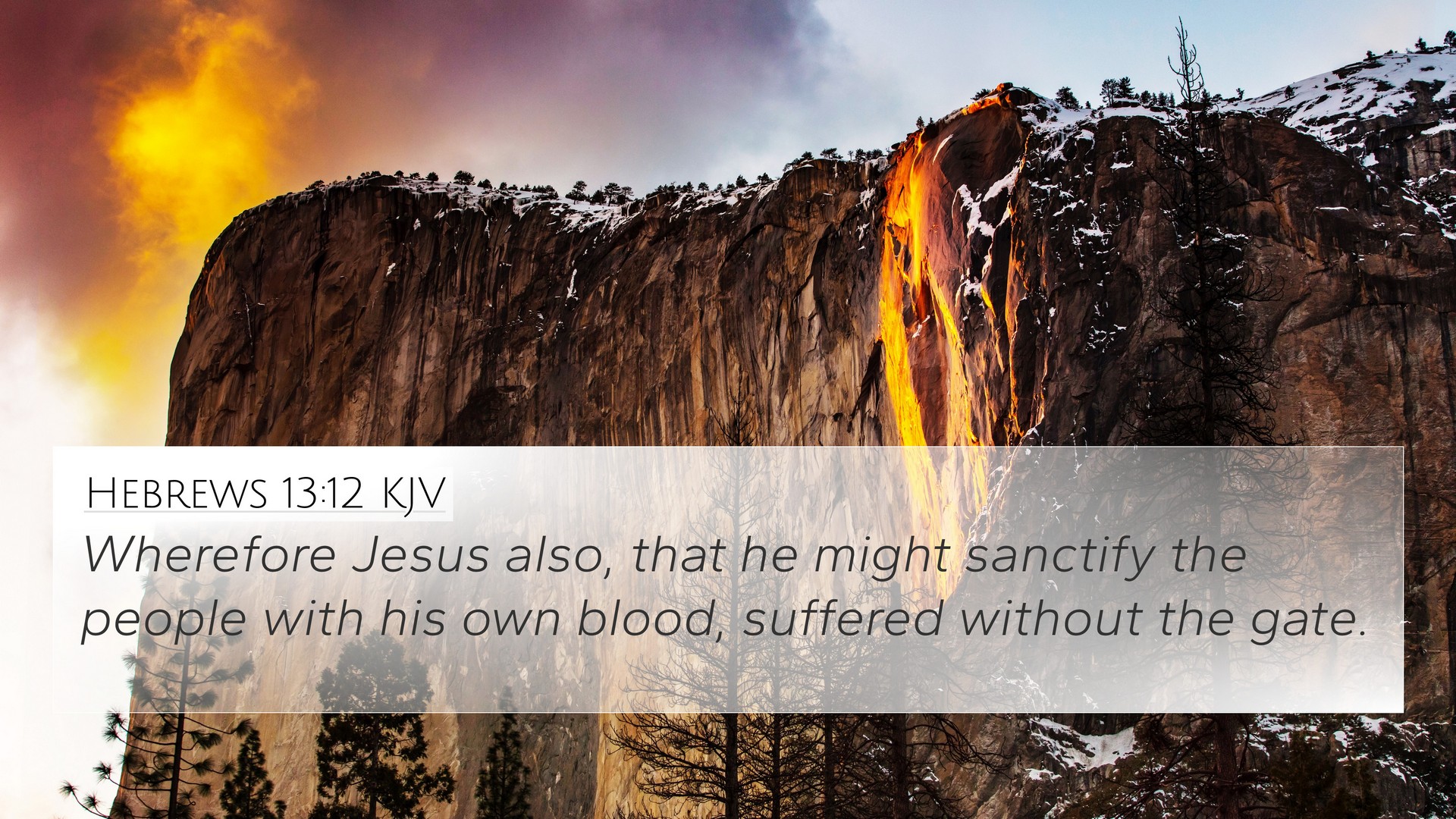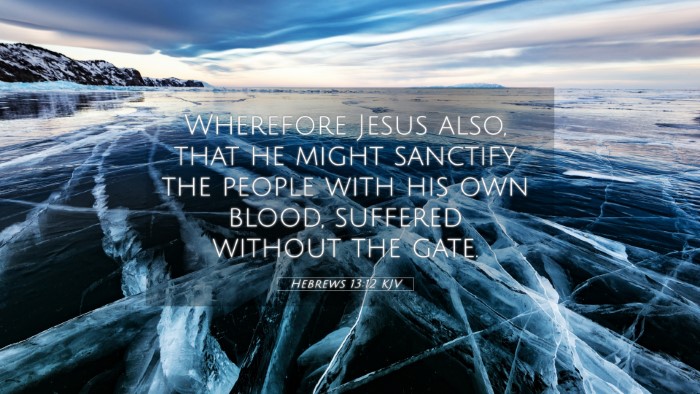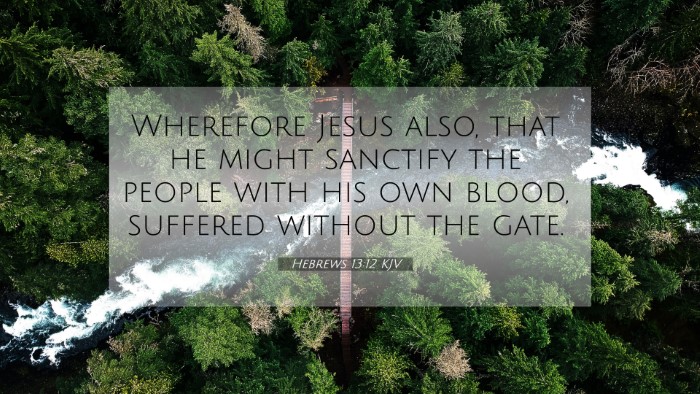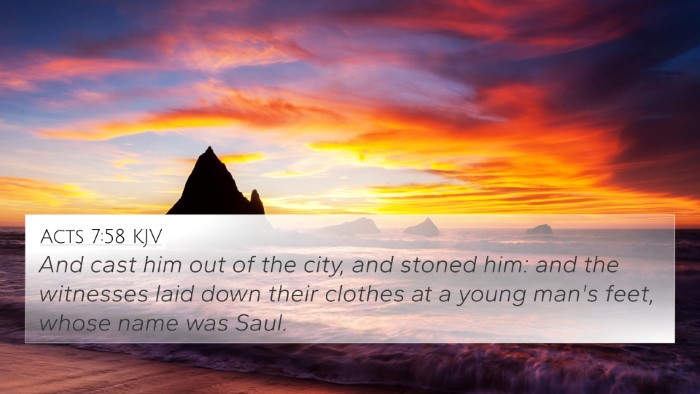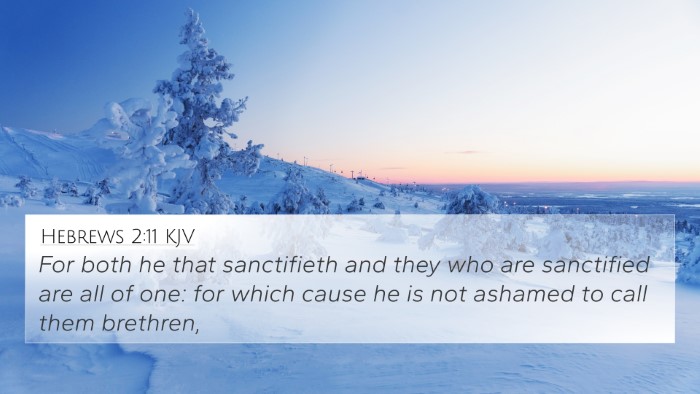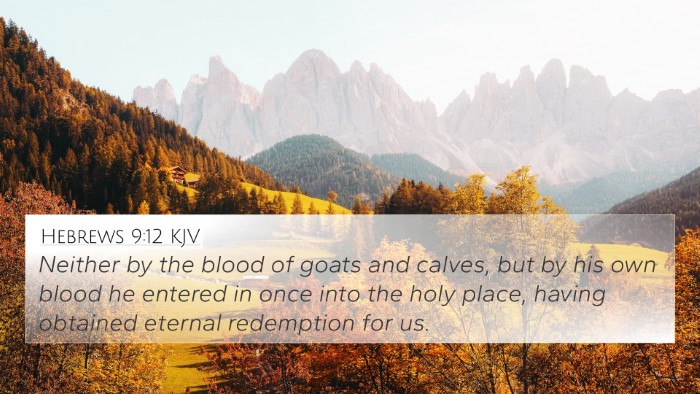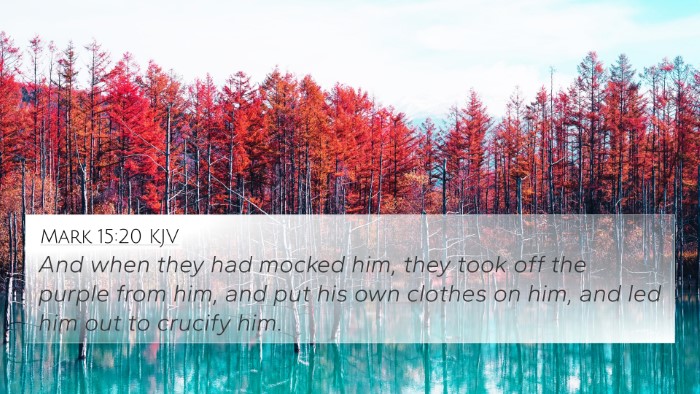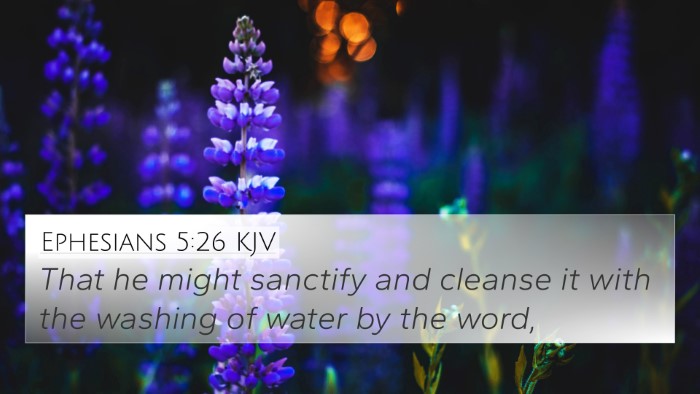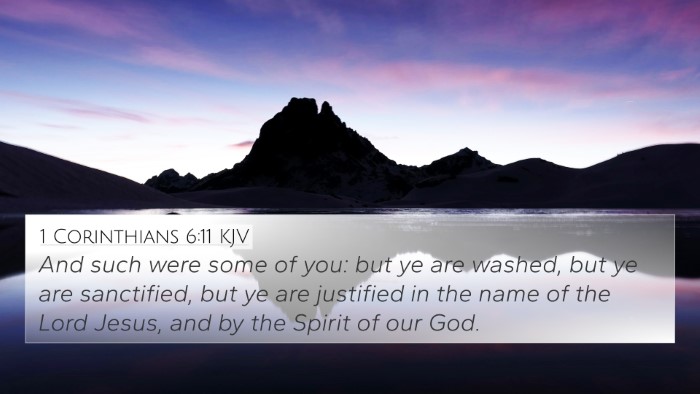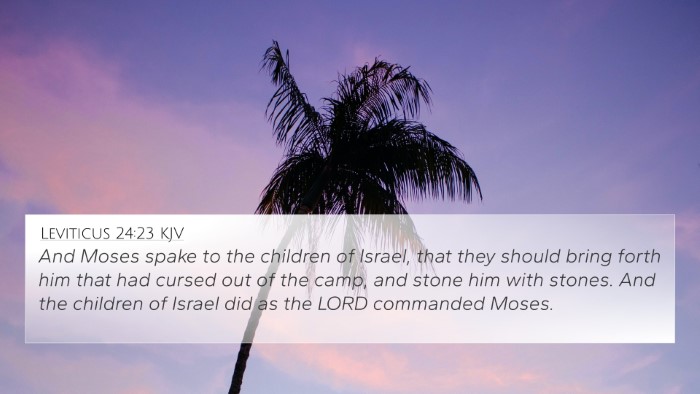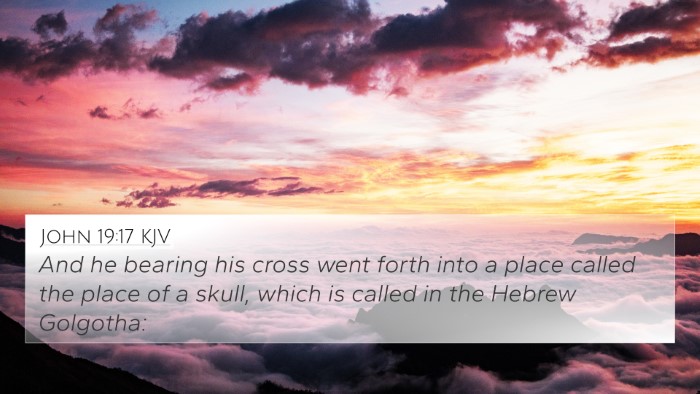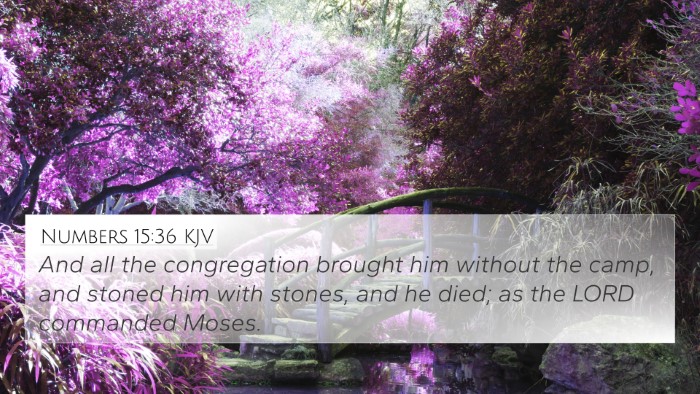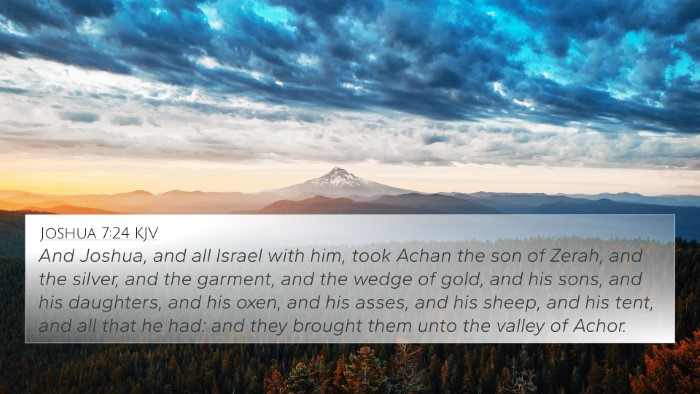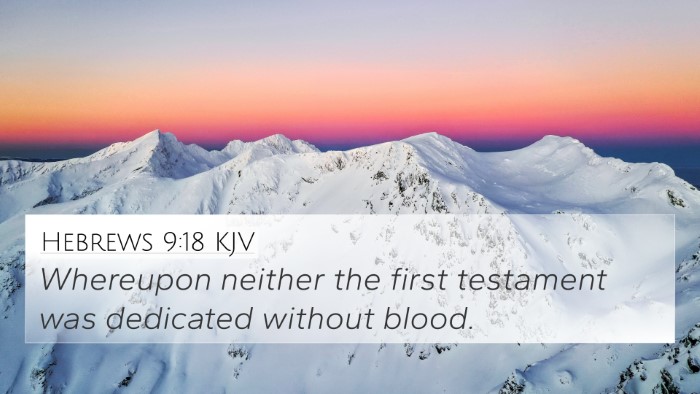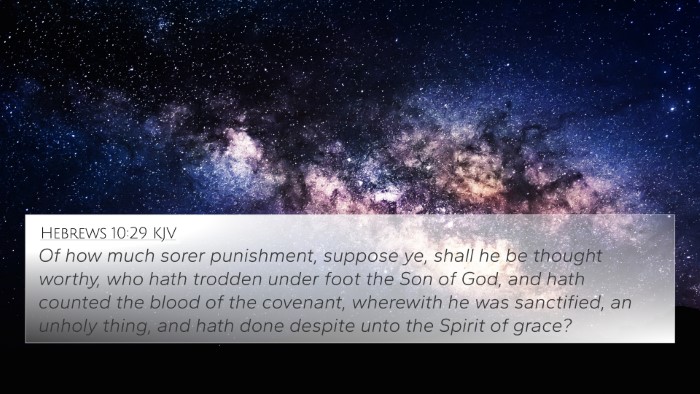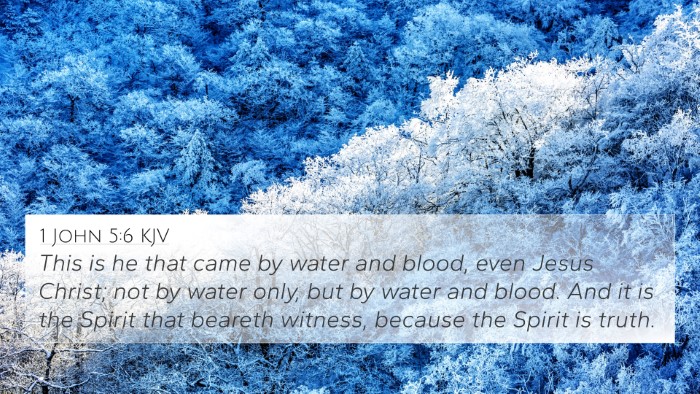Understanding Hebrews 13:12
Hebrews 13:12 states, "So Jesus also suffered outside the gate in order to sanctify the people through his own blood." This verse encapsulates a deeper theological significance surrounding the sacrificial role of Christ and the implications for believers.
Meaning and Significance
The verse emphasizes how Jesus, as the ultimate sacrifice, endured suffering outside the gates of the city to redeem humanity. This act not only signifies his willingness to endure pain and shame on behalf of others but also draws a direct relationship with Old Testament sacrifices, particularly those performed outside the camp (Leviticus 16:27), thus setting a precedent for the New Covenant.
Insights from Commentaries
-
Matthew Henry's Commentary:
Henry points out that the location of Jesus' suffering is significant. It reflects the rejection he faced from the religious leaders of his time. This rejection serves to highlight that acceptance of Christ requires a step outside of established norms and traditions.
-
Albert Barnes' Notes:
Barnes elaborates on the notion of sanctification through Christ's sacrifice, asserting that it is through this act that believers are made holy. His commentary emphasizes the necessity of recognizing Jesus as the enduring sacrifice for sin, just as the Old Testament sacrifices were placeholders for the ultimate sacrifice to come.
-
Adam Clarke's Commentary:
Clarke discusses the contrast between the old sacrificial system and the new one established by Christ. He explains that the act of suffering outside the gate demonstrates the physical and spiritual distance between Christ and the religious establishment, indicating the need for a complete transformation in how we relate to God.
Cross References
Hebrews 13:12 relates to several notable cross-referenced scriptures:
- Leviticus 16:27: Discusses the sin offering outside the camp.
- Isaiah 53:3: Prophecy of Jesus being despised and rejected.
- John 19:17: Jesus bearing his cross and going to Golgotha, outside the city.
- Romans 3:25: God presented Jesus as a sacrifice of atonement.
- 1 Peter 2:24: Jesus bore our sins in his body on the tree.
- Hebrews 9:12: Christ entered the Most Holy Place by his own blood.
- Galatians 1:4: Jesus gave himself for our sins to rescue us.
- Luke 22:19-20: The Last Supper, where Jesus established the new covenant through his blood.
- Revelation 1:5: Jesus who loves us and freed us from our sins by his blood.
- Ephesians 2:13: We are brought near by the blood of Christ.
Thematic Connections
This verse anchors itself in a broader theme of redemption and sanctification found throughout the Bible. Understanding the connections between Bible verses illuminates how the narrative of sacrifice is interwoven throughout Scripture. From the Old Testament laws to the New Testament teachings, there is a continuous dialogue about the nature of holiness, sin, and redemption.
Tools for Bible Cross-Referencing
Engaging with the concept of cross-referencing can significantly enhance one’s understanding of scripture. Utilizing tools like a Bible concordance, Bible cross-reference guide, or various Bible reference resources can aid in examining the intricate links between verses. For an effective cross-reference Bible study, it’s beneficial to ask questions like:
- What themes do these verses share?
- How do the Old and New Testaments communicate with one another?
- What relevance does this verse have for contemporary believers?
Conclusion
Hebrews 13:12 serves as a powerful reminder of the sacrificial love of Jesus Christ and calls believers to step beyond the confines of tradition and embrace the transformative power of his grace. Through thoughtful study and cross-referencing, one can gain deeper insights into the theological richness contained within this and related verses.
